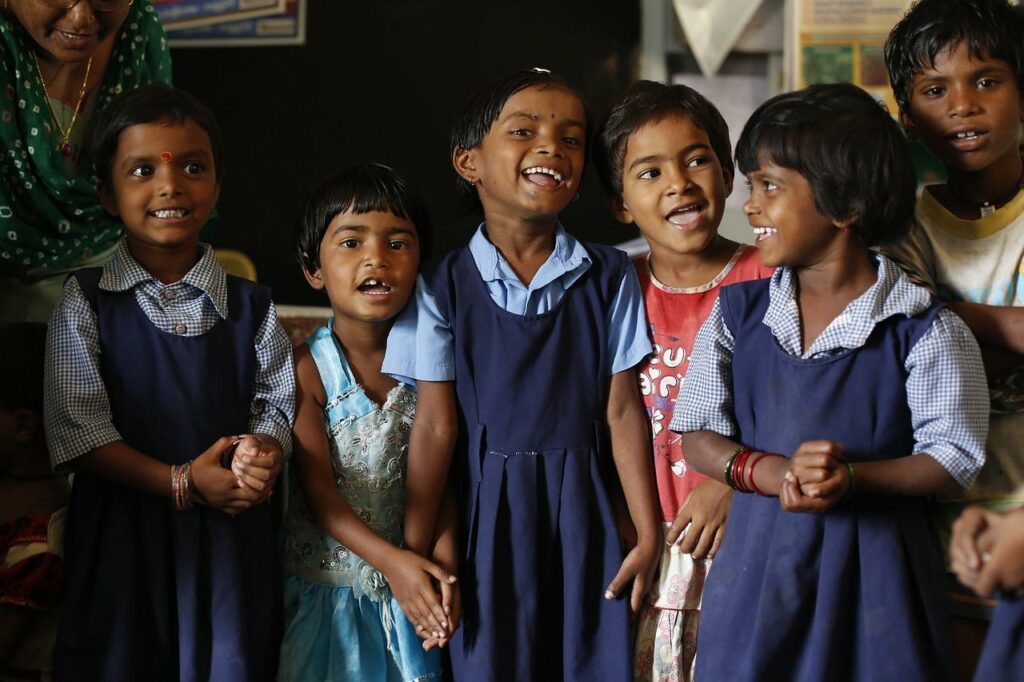On June 24, 2022, as the USA and the whole world trembled over the historic decision by the U.S. Supreme Court to overturn Roe v. Wade, which for fifty years made women believe that abortion was a constitutional right, on the other side of the world, in India, a heinous tragedy was coming into the light.
In the Indian state of Karnataka, in the Belagavi district on the outskirts of Mudalagi, near a bus stop, some citizens found bodies of seven aborted babies, presumably killed at around the fifth month of life in the womb, renewing the horror of 2013, when a similar discovery was made on the banks of the Hiranyakeshi River in the same district. On that occasion, 13 unborn babies had been killed in their mothers’ wombs.
The investigation initiated by the Karnataka Department of Health has revealed a reality even more chilling, if that’s possible. “It is presumed,” said Mahesh Koni, district manager of Health and Family Welfare, “that the babies were killed after the sex of the fetus was determined.”
This assumption is also supported by the AsiaNews website: “In India, since 1971, the law has allowed abortion until week 24 if the continuation of the pregnancy poses a risk to the woman’s life or serious harm to her physical or mental health. But in reality–despite being legally prohibited–the practice of sex selective abortion, which eliminates the lives of girls, is widespread.”
“These girls were killed, no less,” comments Dr. Pascoal Carvalho, a member of the Pontifical Academy for Life (PAV), also on AsiaNews. “Female infanticide is a heinous crime. It is a huge tragedy, this anti-life and anti-woman mentality will have serious consequences on society.”
“Recent reports from many states in northern India,” Dr. Carvalho continues, “reveal that ‘safe’ abortions are being performed, against the provisions of the 1994 law that prohibits tying them to tests that determine the baby’s sex. Several clinics and doctors have been indicted for this.”
This is, unfortunately, not new news, and iFamNews has already reported on it in 2020 and again last year, in 2021. Girls and women are missing from the roll call all over the world, but the places where the gap between the male and female population is the widest, in a manner that is euphemistically called “suspicious,” include China and, indeed, India.
India, where girls are killed in the womb because they are considered to be less worthy than boys, either because they are of less value as a labor force or because providing them with a dowry would bring so many poor families to their knees. However, as has been assessed, it is often the affluent ones who make the choice of selective abortion for “cultural” reasons, in pursuit of the dream of a male child.
